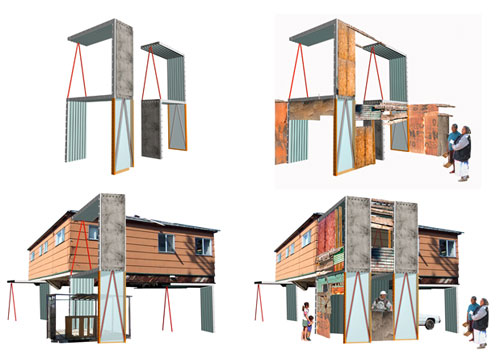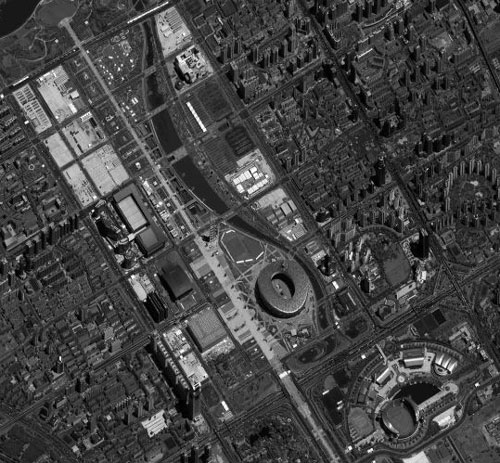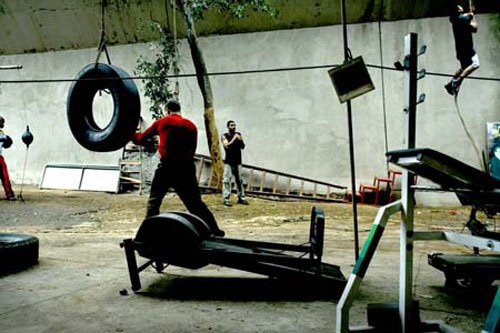The former Island (now peninsula) – located in Brooklyn New York and named “Coneyne Eylandt” (Rabbit Island) by the Dutch – has been an icon of upcoming mass spectacle and entertainment and also of fast urban decay and deterioration. Today, the area is undergoing processes of new investment and urban revitalization.

History
The island was developed as a beach resort from the 1860´s when it was connected by rail to Manhattan. Against the will of those who wanted to preserve the area as a nature reserve, the beach front was filled with amusement parks, restaurants, bars etc. By the beginning of the 20th century Coney Island was the largest entertainment zone in the world. At the time the wooden Boardwalk was the most expensive street in the Monopoly game. Attractions like the Cyclone and Thunderbolt rollercoasters, the Parachute Jump, Steeple Chase, Luna Park, Astroland and the hotdog gained world fame and attracted millions to Coney Island. Spotlights were installed so that the beach might be occupied 24 hours a day.
After World War II the entertainment cluster entered in decline, due to the rise of less crowdy leisure alternatives and cheaper automobiles that put more distant beaches in range. A period of abandonment and closing of amusement parks followed, in which several wooden structures were lost in fires. Several closed parks were purchased by Astroland, which eventually sold all land to the Thor corporation in 2006.
In 2003 the City of New York launched a revitalization project for the area as site for the 2012 Olympics, but did not succeed.
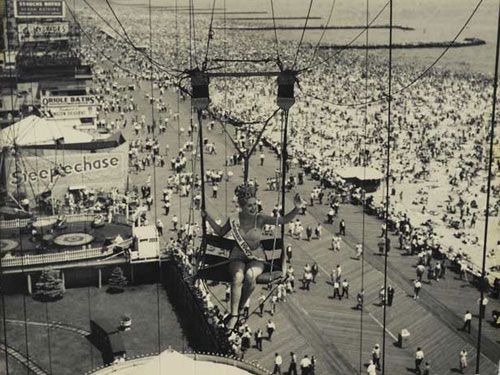
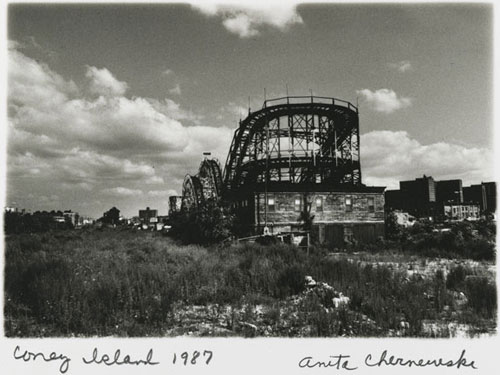
New development
Thor Equities now pretends to turn the area into a contemporary amusement zone with hotels and a new aquarium, investing about $2 billion. The controversial plan has been widely opposed to and still waits for approval in a modified form. During the legal preparations for the development of the site, the company is leasing it back temporarily to Astroland and other amusement businesses.

Read more:
Wikipedia
http://en.wikipedia.org/wiki/Coney_Island
Coney Island Under Siege – article by David Hershkovits
www.papermag.com/…
Coney Island
www.coneyisland.com
Delirious New York: A retroactive Manifesto for Manhattan –
book by Rem Koolhaas, London 1978
Exibir mapa ampliado







